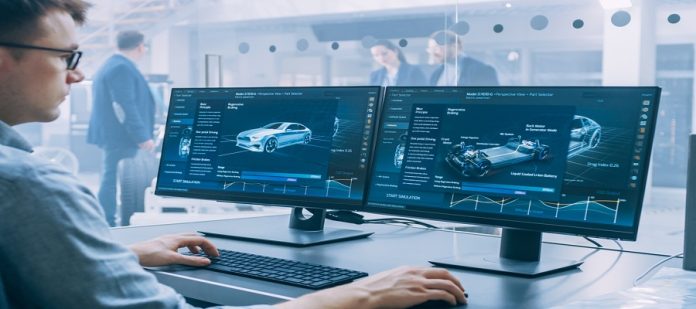Experts at the Toyota Research Institute (TRI) have created an innovative generative AI tool that enhances the vehicle design process in various ways. Previously, designers could rely on publicly accessible text-to-image generative AI tools at the initial stages of creativity. However, TRI’s new tool goes beyond that by incorporating initial design sketches and engineering constraints into the process. As a result, it significantly reduces the number of iterations required to align design and engineering considerations.
Avinash Balachandran, the director of TRI’s Human Interactive Driving (HID) division, said that “Generative AI tools are often used as inspiration for designers, but cannot handle the complex engineering and safety considerations that go into actual car design. This technique combines Toyota’s traditional engineering strengths with the state-of-the-art capabilities of modern generative AI,”
By combining principles from optimization theory commonly employed in Computer-Aided Engineering (CAE) with text-to-image-based generative AI, TRI has developed a method that seamlessly incorporates aerodynamic constraints (e.g., drag) and chassis dimensions (e.g., ride height and cabin dimensions) into the generative AI process. This innovative algorithm allows designers to optimize engineering constraints while preserving their text-based stylistic prompts for generative AI, thereby enhancing the overall design process.
As an illustration, a designer can utilize a text prompt to request a range of designs that align with specific stylistic characteristics like “sleek,” “SUV-like,” and “modern” based on an initial prototype sketch. Simultaneously, the designer can optimize a quantitative performance metric, ensuring that the generated designs meet desired engineering criteria.
“TRI is harnessing the creative power of AI to amplify automobile designers and engineers,” Charlene Wu, the senior director of TRI’s Human-Centred AI division, emphasized the collaborative effort between her team and the Human Interactive Driving team in this project. She further noted that incorporating engineering constraints into the design process through this tool can significantly expedite and streamline the design of Toyota’s electric vehicles (EVs) while maintaining high efficiency.









